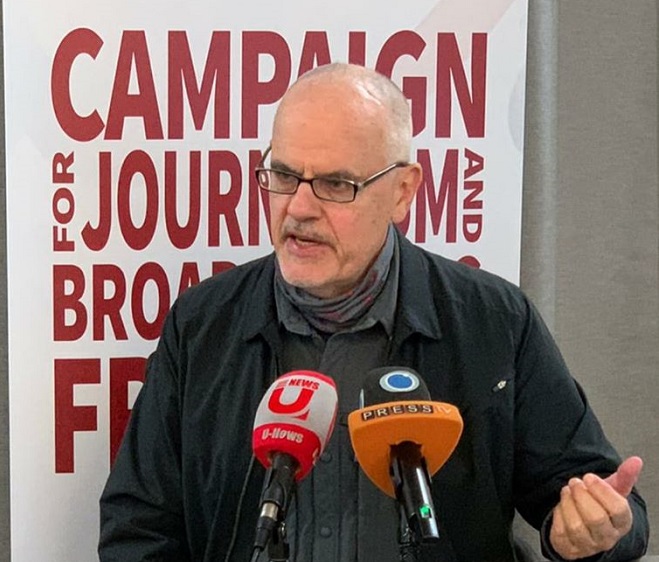The U.S.-Chinese’s relationship , which is already under enormous pressure in recent years , is reportedly on the verge of imploding as both sides seek to assign blame for the virus’ origin and exchange tit-for-tat recriminations on other fronts, including expelling journalists.
On March, 20, 2020, Zhao Lijian, Chinese politician and the current deputy director of Foreign Ministry Information Department, tweeted: “ By the logic of Pompeo, is US blocking information by expelling 60 Chinese reporters? Are they afraid of dirt being dug up? If US is so transparent, why not invite WHO experts to investigate how many COVID-19 cases there are among 20000 people who passed away during flu reason?
The COVID-19 virus’ outbreak could lead to more long-term shifts in how the U.S. and China are perceived, according to some media outlets that have pointed out that China, which has continued to shore up its military power in the face of longstanding U.S. supremacy, has now begun offering aid to other countries crippled by the virus as a way to showcase its global leadership amid a slow, limited U.S. reaction.
“I cannot think of a more dangerous time in the U.S.-China relationship in the last 40 years, and the carnage from the coronavirus has barely begun in the U.S.,” China analyst Bill Bishop wrote this week in his widely read Sinocism newsletter.
“The current realignments mostly date back to 1945, when the USA asserted its dominance on the world economy and established a neocolonial presence in both western Europe and East Asia,” the Australian political economist and author Professor, Tim Anderson, told Syria Times e-newspaper.
The professor emphasized that the 21st century ‘new middle east’ wars, in this context, are not just an attempt to seize control of the oil rich region, by destroying all ‘disconnected’, independent political will.
“These wars were also part of a blocking manouver, to prevent the entry of Chinese and Russian influence and to build barriers to autonomous Eurasian integration – similar to the obstacles they constructed in eastern Europe,” Prof. Anderson added, citing that there is a great transition going on in the world, and the shift in power from west to east, including the rise of China, is part of that.
US and Chinese power
 “The US economy has been in decline at least since the mid 1980s, but its financial power has been held up by stocks of foreign investment and the widespread use of the U.S. dollar,” the professor stressed.
“The US economy has been in decline at least since the mid 1980s, but its financial power has been held up by stocks of foreign investment and the widespread use of the U.S. dollar,” the professor stressed.He went on to say: “China has extended its financial power in the world, without (yet) becoming an imperial power. It does not coerce, threaten or occupy other nations. It does strongly assert its boundaries, to its immediate neighbours, but generally it projects economic power without breaching international law. In that sense the character of US and Chinese power is quite different.”
Nevertheless, the USA remains extremely and even obsessively jealous of the rise of China – also of Russia.
Regarding the implications of the great transition going on in the world, Prof. Anderson made it clear that this transition includes a more open economic and technological competition, and increased tensions in regions of competing influence. The most notable of these is the tension over Eurasian integration, with West Asia an important crossroads.
“The ‘great game’ of the contemporary era is the integration of Europe and Asia, and the progressive exclusion of north American imperialism from that process. For example, if inter-Asian relations improve, there is no more any pretext for US military presence,” he affirmed.
“Similarly, if good relations develop between Russia and the big western European countries, Germany in particular, there will be no need for the semi-permanent US military presence in western Europe.”
“Well, this was the plan. But the resistance had other ideas!” the professor concluded.
Interviewed by: Basma Qaddour

